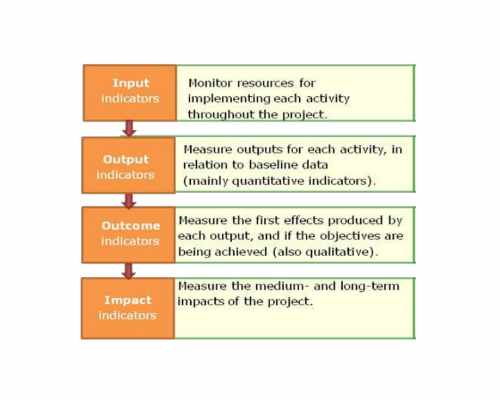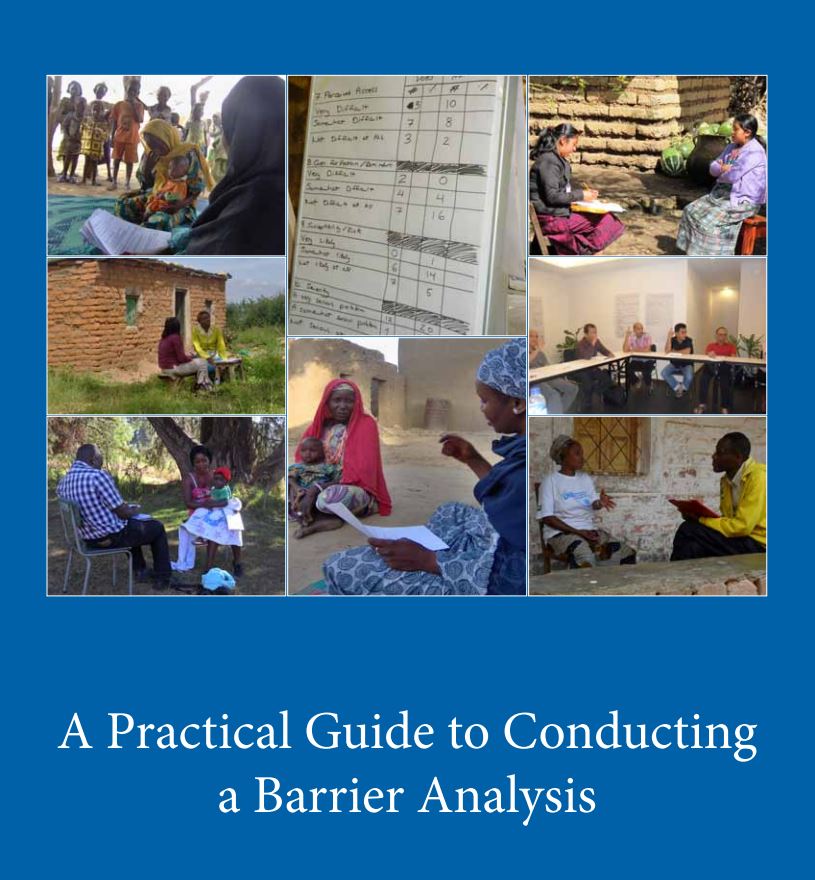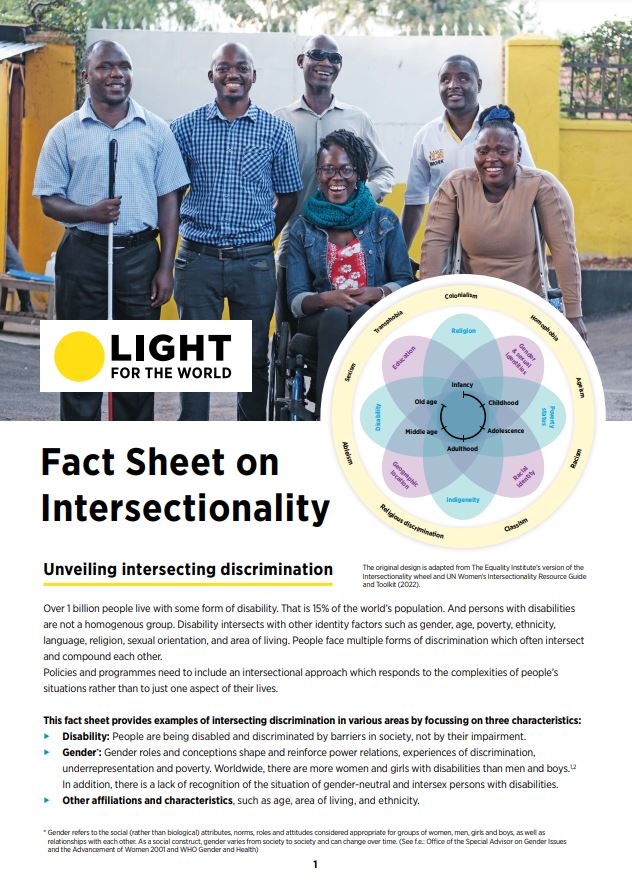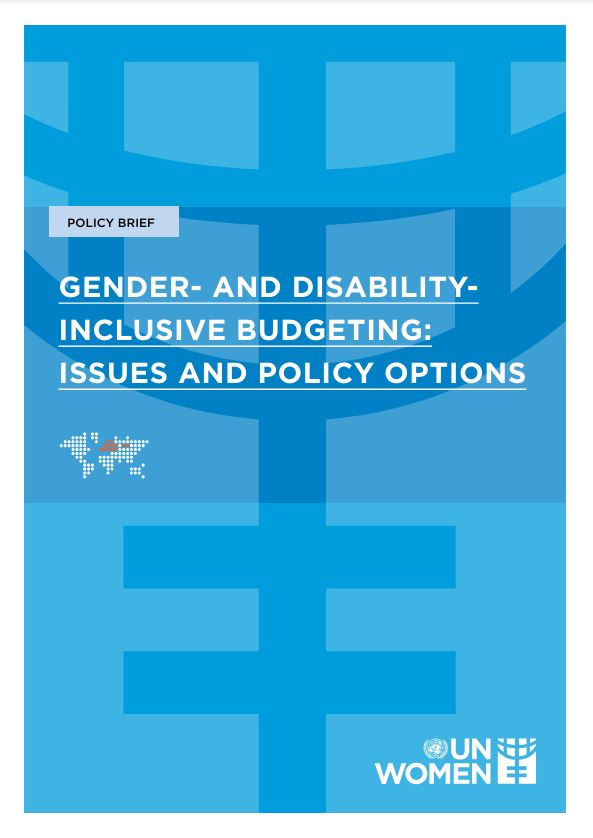Join the Leading Global Eye Health Alliance.
Membership
To understand whether a programme addresses the different needs and priorities of women and men, and to determine if it has an impact on facilitating gender equity, gender-responsive aspects need to be integrated into monitoring and evaluation (M&E) systems. The inclusion of explicit gender-responsive objectives, indicators and results at the planning stage strengthens accountability and enhances programme impact.
These Monitoring Guidelines on Gender-Responsive Programming aim to assist development teams and eye health practitioners in ensuring that eye health programmes are effectively monitored through a gender lens.
The guidelines are designed for a wider audience of eye health planners, implementers and evaluators, and the approaches outlined can be used to integrate gender-responsive monitoring in all stages of programme development, implementation and evaluation. The document presents a menu of gender equity outcomes, results and indicators that may be selected or adapted by users.
The guidelines will support programme, project and field teams to:
The guidelines are derived from the toolkits/guidelines of the Asian Development Bank, Oxfam GB, the European Union and GIZ.

“A Practical Guide to Conducting a Barrier Analysis” was developed by USAID, TOPS, Helen Keller International, World Vision and coregroup in 2013. It can be used to conduct formative research and review the strategic direction of a project, enabling organisations to identify potential gaps and design more effective behaviour change strategies, communication messages and supporting activities. The tool needs to be adapted to review barriers to gender equality with the goal of providing a practical guide for facilitators to discuss gender equality with eye health staff.
Starting from the Designing for Behavior Change (DBC) Framework, your barrier analysis questionnaire needs to be adapted to the focus you want to set; gender equality can be this focus. Additionally, the guide covers topics including sampling, interviewing techniques, coding, tabulation and data usage. The training curriculum is designed for use by NGO staff that plan to design, organize and implement a doer/non-doer study or barrier analysis and to use those results to design a behaviour change strategy.

Persons with disabilities are not a homogenous group. Disability intersects with other identity factors such as gender, age, poverty, ethnicity, language, religion, sexual orientation, and area of living. People face multiple forms of discrimination which often intersect and compound each other.
Policies and programmes need to include an intersectional approach which responds to the complexities of people’s situations rather than to just one aspect of their lives.
The Light for the World Fact Sheet on Intersectionality provides examples of intersecting discrimination in various areas.

The Gender and Disability-Inclusive Budgeting: Issues and Policy Options brief offers useful questions to ask when monitoring programs to consider gender inclusiveness and disability inclusiveness.